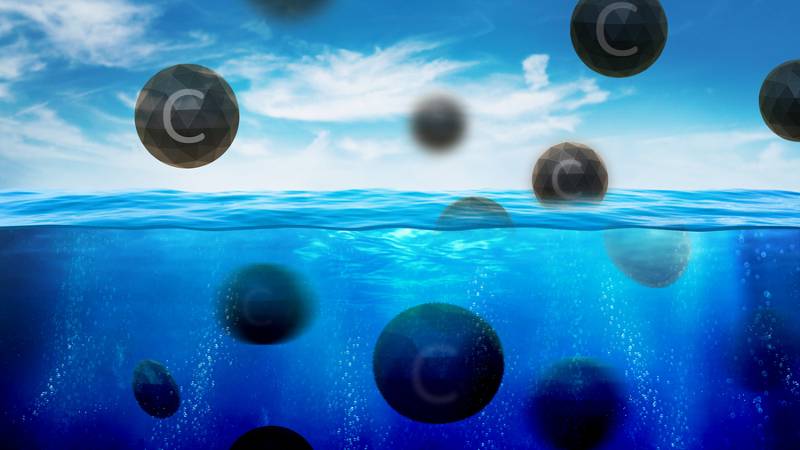A new study from MIT challenges long-held beliefs about the ocean’s role in carbon storage, suggesting that a weakening ocean circulation could lead to increased atmospheric CO2 levels. The research, published in Nature Communications, reveals a complex feedback loop involving iron, microorganisms, and little-known molecules called ligands.
Jonathan Lauderdale, a research scientist at MIT’s Department of Earth, Atmospheric, and Planetary Sciences, discovered that as ocean circulation slows, it could release more carbon from the deep ocean into the atmosphere, contrary to previous assumptions.
“What we thought is going on in the ocean is completely overturned,” Lauderdale said. “We can’t count on the ocean to store carbon in the deep ocean in response to future changes in circulation. We must be proactive in cutting emissions now, rather than relying on these natural processes to buy us time to mitigate climate change.”
The Iron-Ligand Connection
Lauderdale’s research builds on a 2020 study that explored the interactions between ocean nutrients, marine organisms, and iron, and their influence on phytoplankton growth. Phytoplankton, microscopic plant-like organisms living on the ocean surface, play a crucial role in absorbing carbon dioxide from the atmosphere through photosynthesis.
The study revealed that iron, a key nutrient for phytoplankton, only becomes usable when bound to ligands – organic molecules produced as byproducts of phytoplankton growth. This relationship creates a delicate balance that affects the ocean’s ability to sequester carbon.
A Surprising Discovery
While testing different scenarios in his ocean model, Lauderdale stumbled upon an unexpected trend: weaker ocean circulation led to increased atmospheric CO2 levels. This finding contradicted decades of scientific understanding.
The key to this surprising result was the inclusion of variable ligand concentrations in different ocean regions. When ligand concentrations were set as constant – a common assumption in many ocean models – the trend reversed to match previous expectations.
Lauderdale’s analysis revealed a new feedback loop: As ocean circulation weakens, fewer nutrients are brought up from the deep, leading to reduced phytoplankton growth and fewer ligands. This decrease in ligands makes less iron available for use, further reducing phytoplankton populations and their ability to absorb CO2 from the atmosphere.
“My work shows that we need to look more carefully at how ocean biology can affect the climate,” Lauderdale explained. “Some climate models predict a 30 percent slowdown in the ocean circulation due to melting ice sheets, particularly around Antarctica. This huge slowdown in overturning circulation could actually be a big problem: In addition to a host of other climate issues, not only would the ocean take up less anthropogenic CO2 from the atmosphere, but that could be amplified by a net outgassing of deep ocean carbon, leading to an unanticipated increase in atmospheric CO2 and unexpected further climate warming.”
This study highlights the complex interactions between ocean chemistry, biology, and climate change. As scientists continue to refine their understanding of these processes, it becomes increasingly clear that urgent action is needed to address the root causes of climate change and reduce greenhouse gas emissions.
If our reporting has informed or inspired you, please consider making a donation. Every contribution, no matter the size, empowers us to continue delivering accurate, engaging, and trustworthy science and medical news. Independent journalism requires time, effort, and resources—your support ensures we can keep uncovering the stories that matter most to you.
Join us in making knowledge accessible and impactful. Thank you for standing with us!

